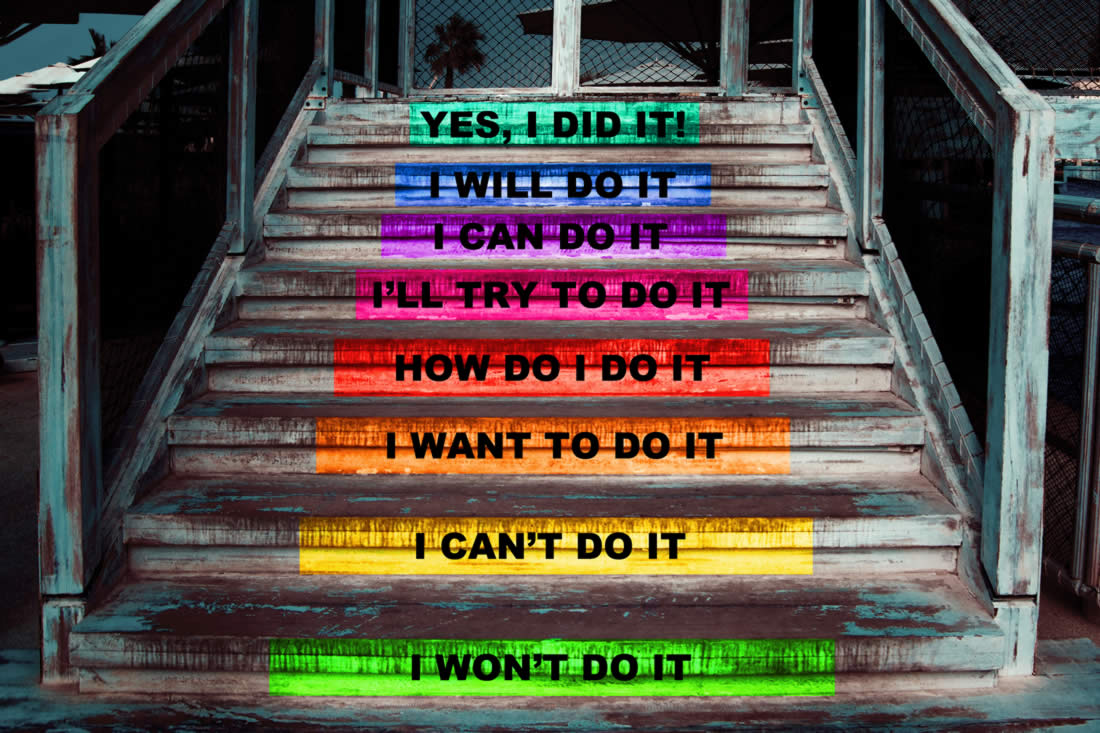Clearview® Performance Systems brings you ...  ® ... a Culture of Results & Engagement®
® ... a Culture of Results & Engagement®
Clearview® Performance Systems brings you ...  ® ... a Culture of Results & Engagement®
® ... a Culture of Results & Engagement®
Here's the next in our series of weekly managerial TIPS (Techniques, Insights, and Practical Solutions)
to help you better engage your team in the activities that lead to higher performance.
CORE Bites Issue #105
(December 15, 2020)

For as long as I've been in the business world—including my years working for various organizations as a manager, my years managing within my own companies, and now, as a consultant to organizations desirous of performance and sustainable growth—this is the time of year when we normally set our sights on the year to come. This has always included establishing goals designed to stimulate the employee and/or team strategies, tactics, and activities necessary to accomplish the aforementioned goals. I refer to this as the Goal Drill-Down model.
When I reflect back on all of the goal-setting techniques I've used in previous years and then introduce the—almost surreal—changes/modifications that have been forced upon us due to COVID, I'm painfully aware that how we approach goal-setting this year will need to be vastly different.
The paradox for me is that in the past there was always uncertainty. Some of these uncertainties included economic uncertainty, political/legal/regulatory uncertainty, sociocultural uncertainty, consumer and technology uncertainties, workforce availability uncertainties, and a myriad of others. But—and here's the paradox—even within these uncertainties there was a certain predictability that, with appropriate modeling and experience, would still allow goal-setting to be done with reasonable accuracy (and attainability).
But, how can we set goals when the future is changing day-by-day—even minute-by-minute?
The answer is Goal Agility. In essence, your organization has probably already reacted to COVID by adjusting individual employee and organizational goals. But continual change—as is happening now—highlights the importance of being agile. This pandemic is forcing us to navigate within an ever-changing landscape so it's paramount, as managers of people, that we ensure all paths forward are agile enough to respond to further uncertainty.
We need to instill the belief in our people that whatever core mission you and your organization are pursuing is both possible and valuable. The questions you need to ask yourself should be: "Can my employees see a logical and attainable path to success? Can they envision the steps to get there?"
Your goal (there's that word again!) this week is to review how you go about setting goals and—if appropriate—modify your technique to include the HVAs listed below:
I'd love to hear how these HVAs work for you!
Neil Dempster, PhD, MBA
RESULTant™ and Behavioral Engineer
"It must be borne in mind that the tragedy of life doesn't lie in not reaching your goal.
The tragedy lies in having no goals to reach."
— Benjamin Mays —
